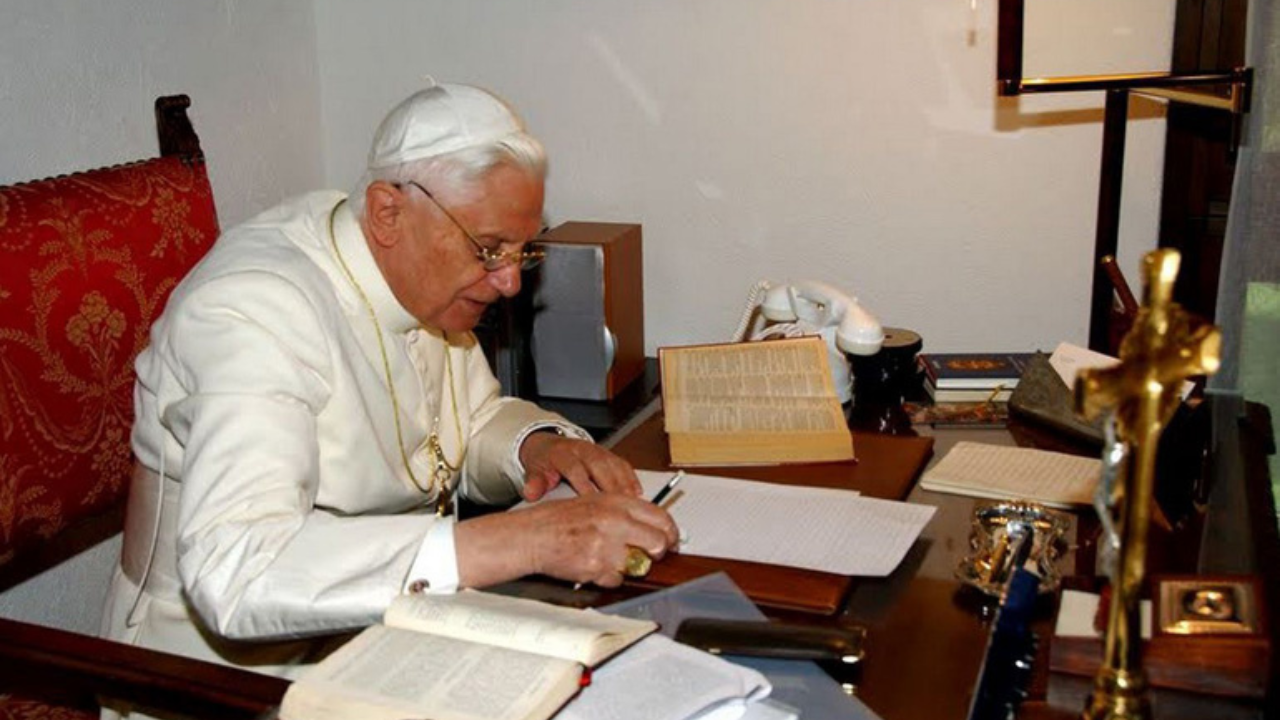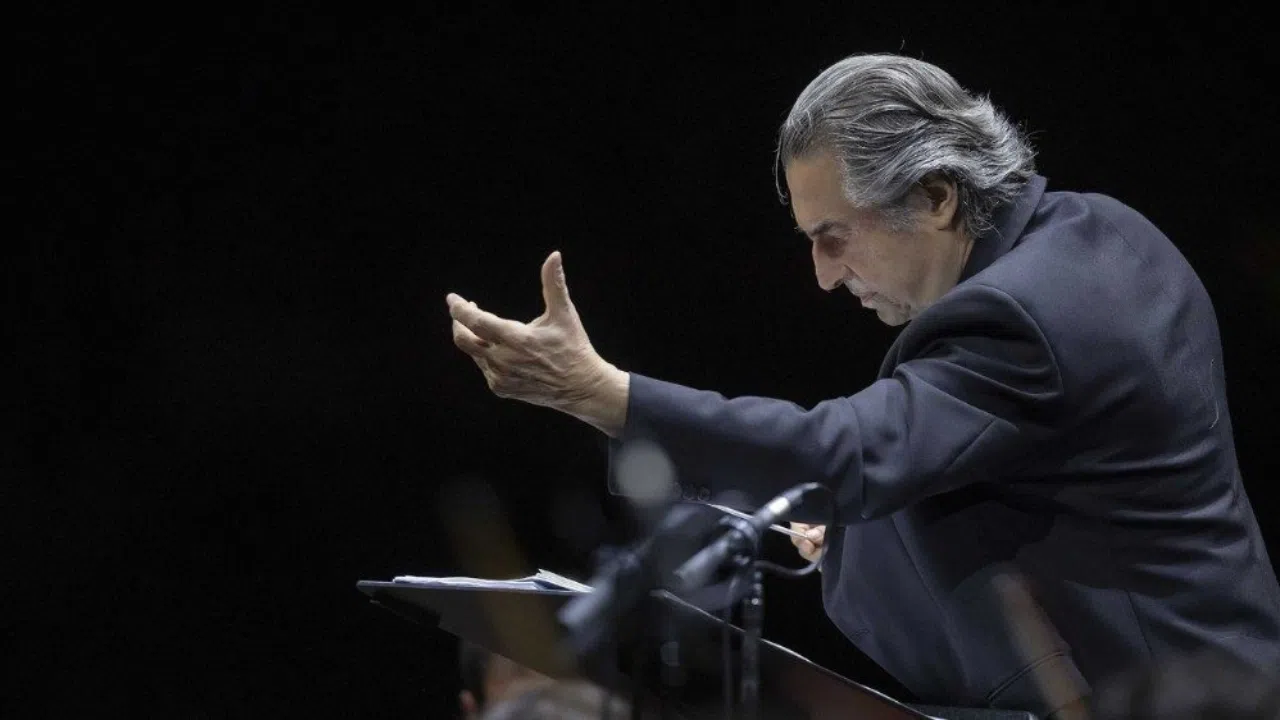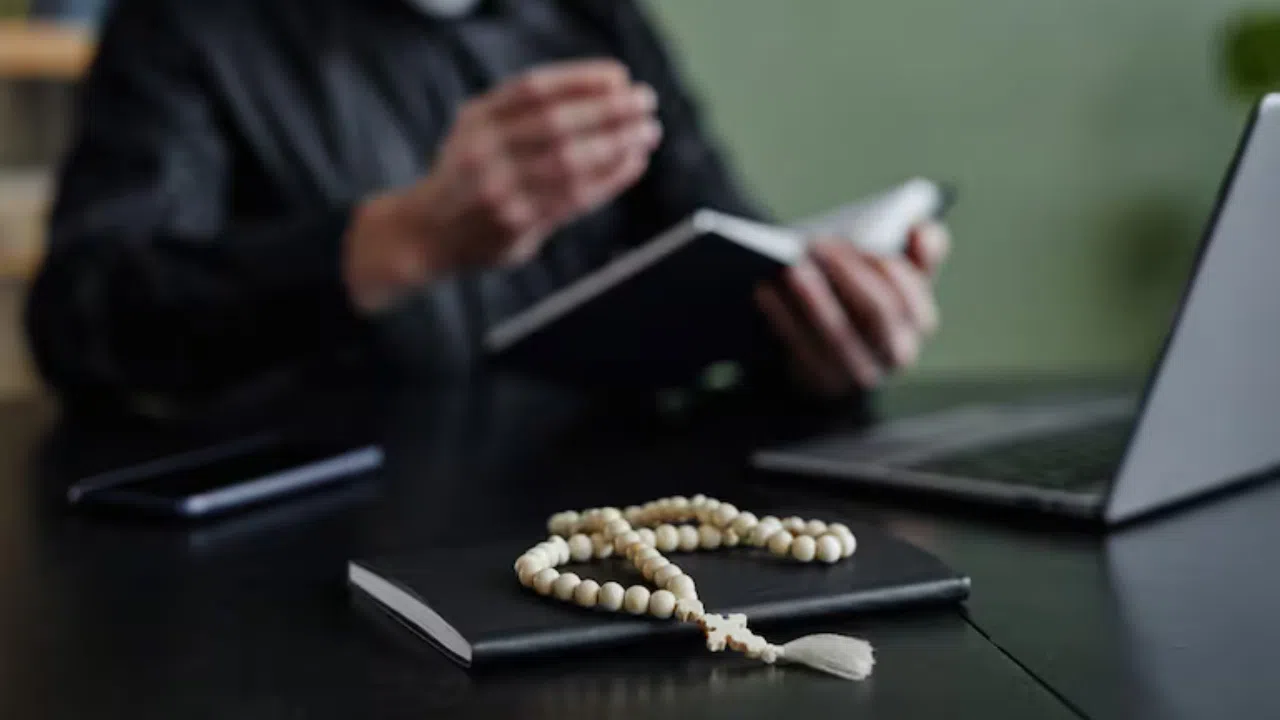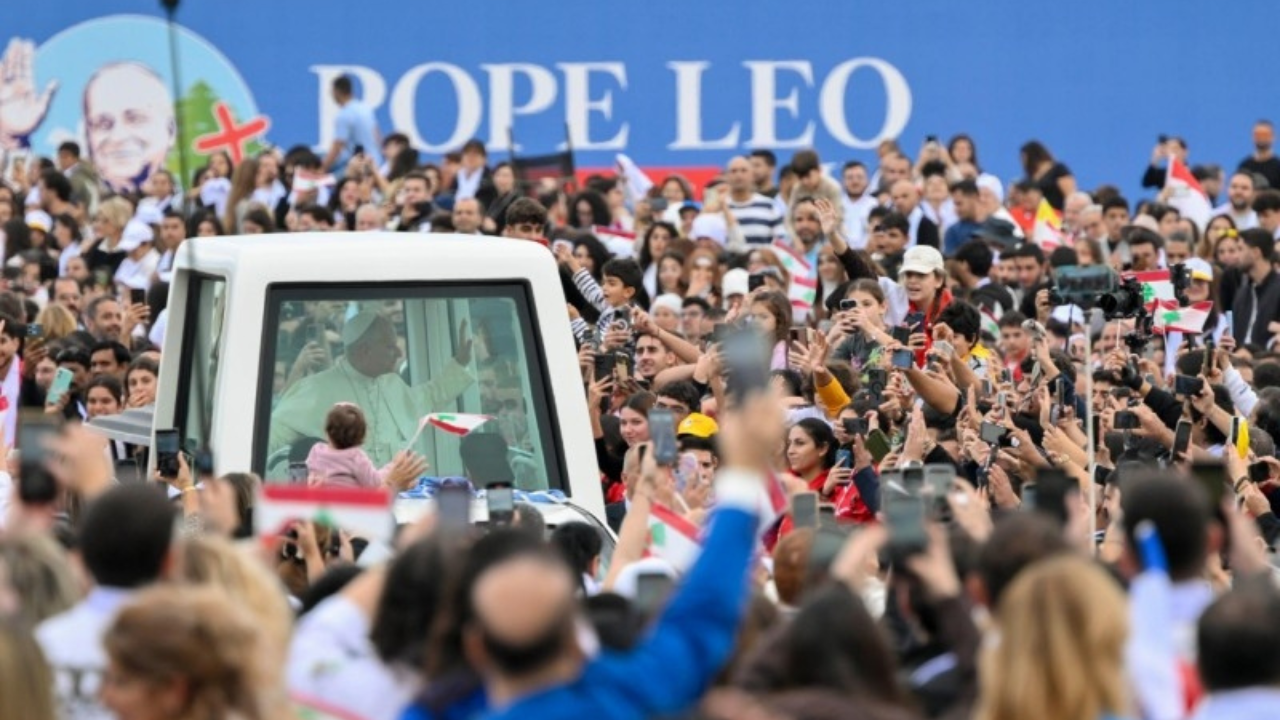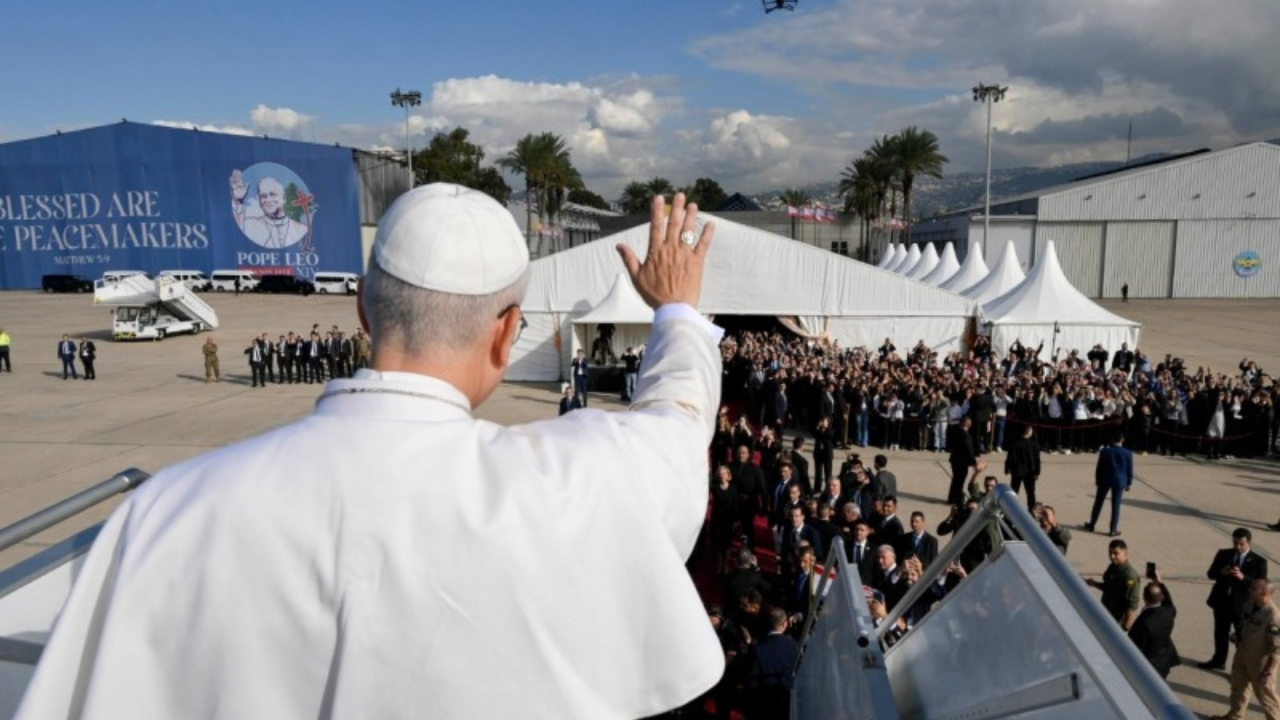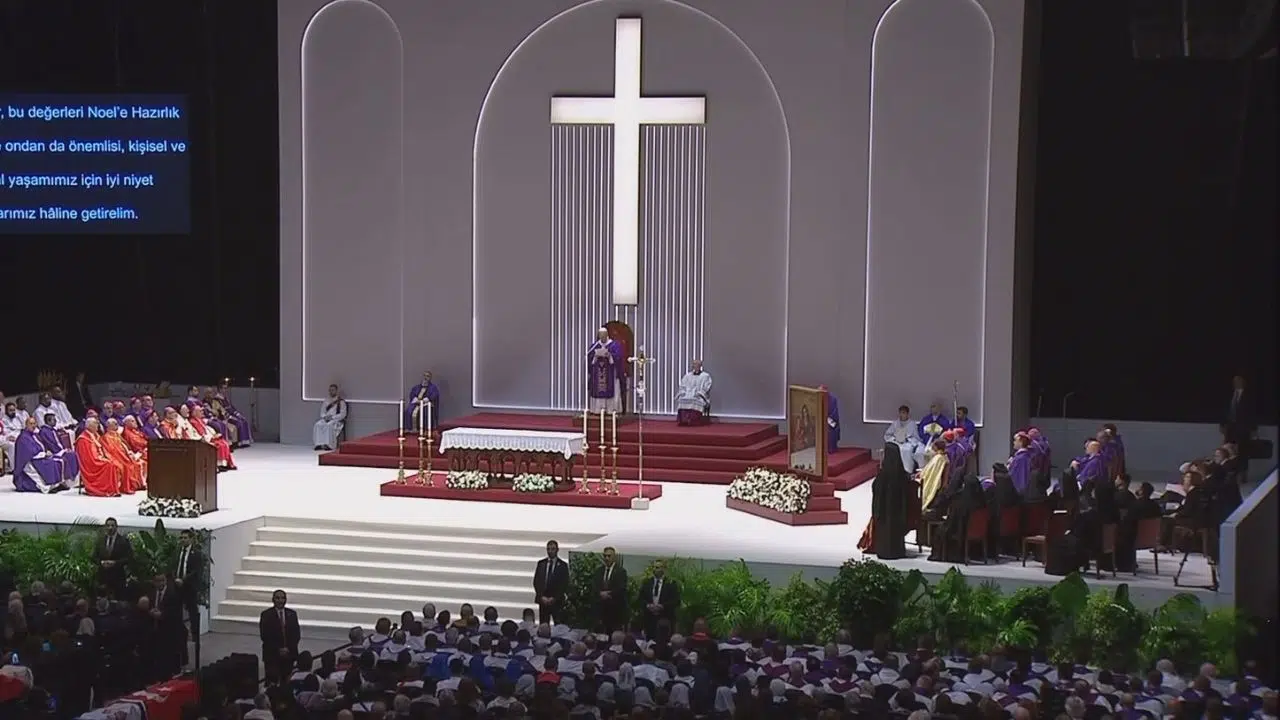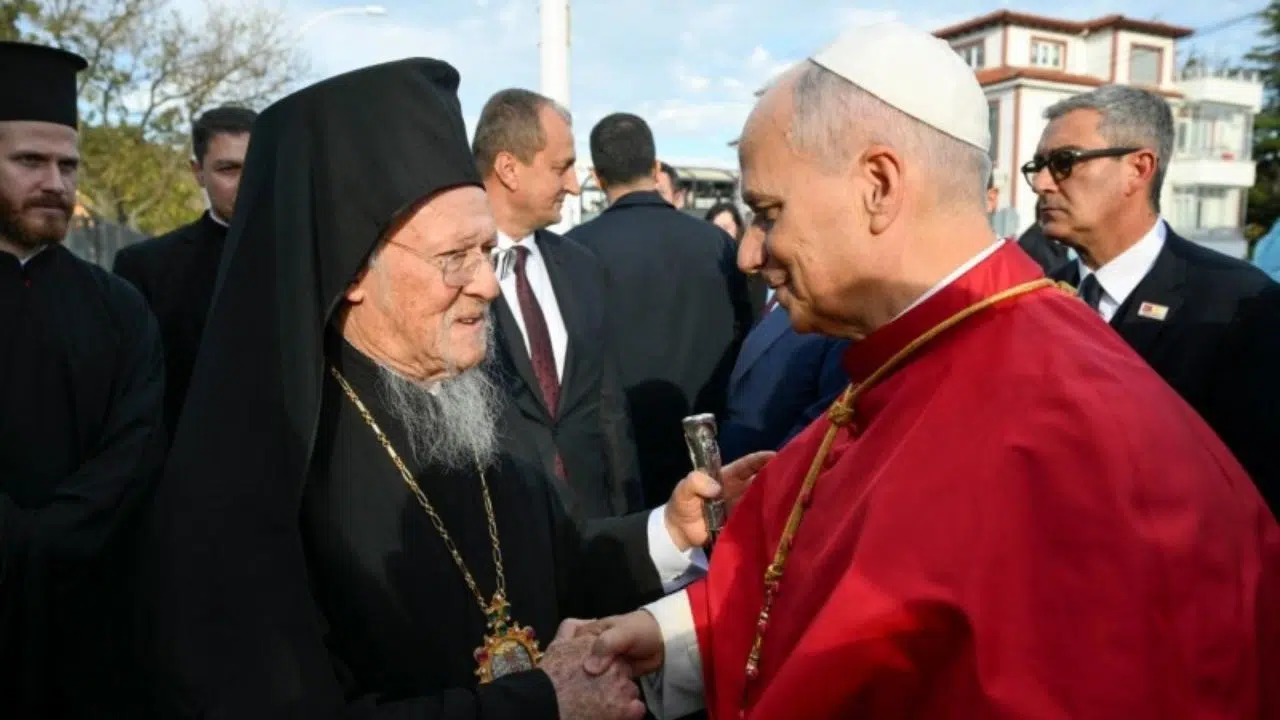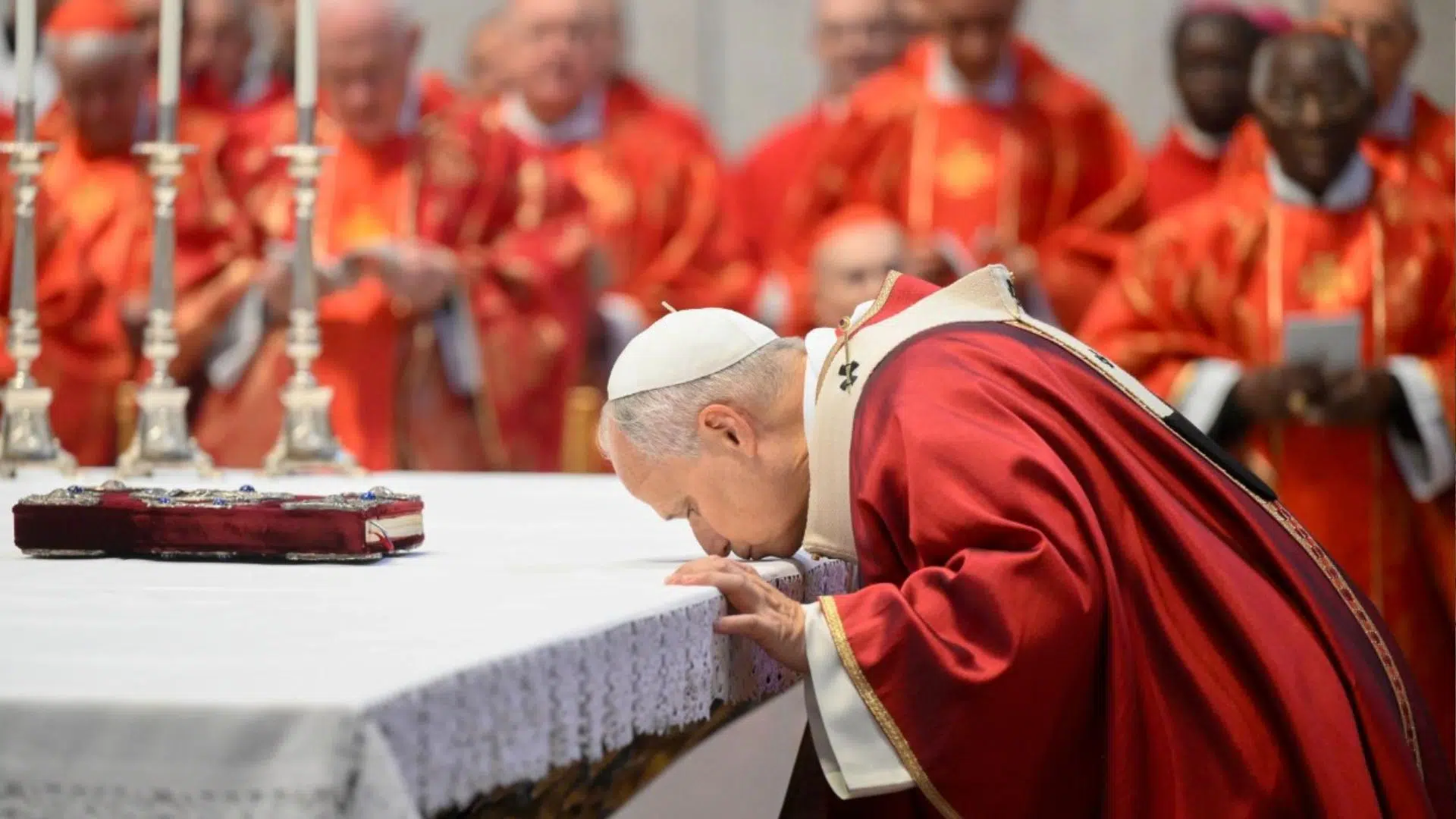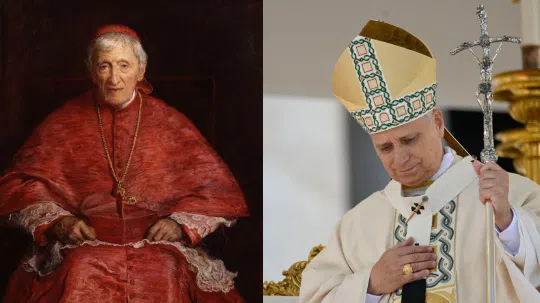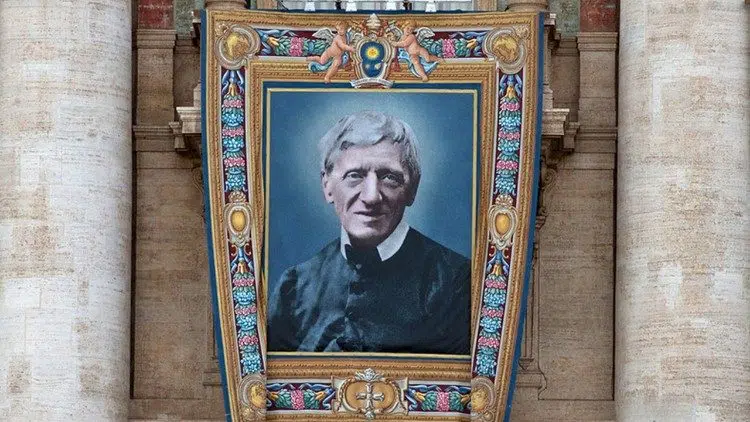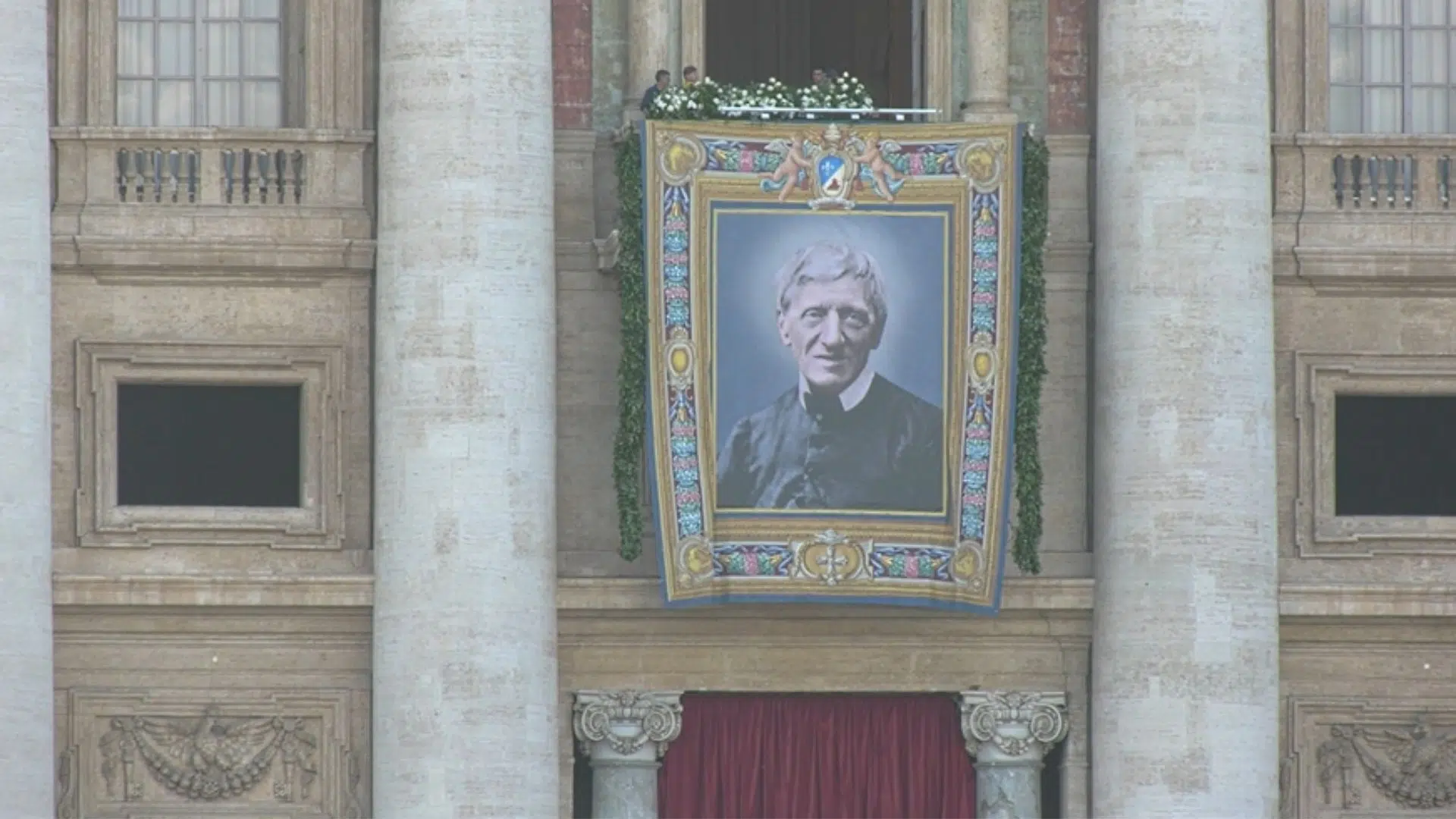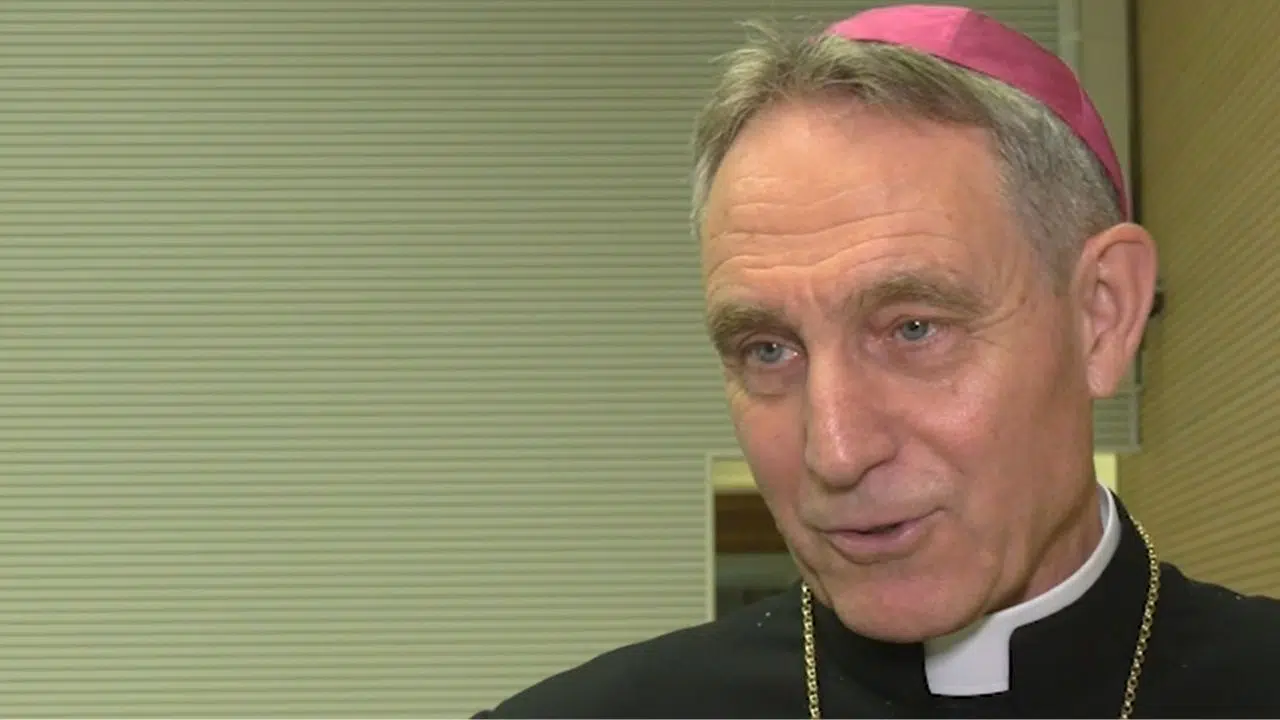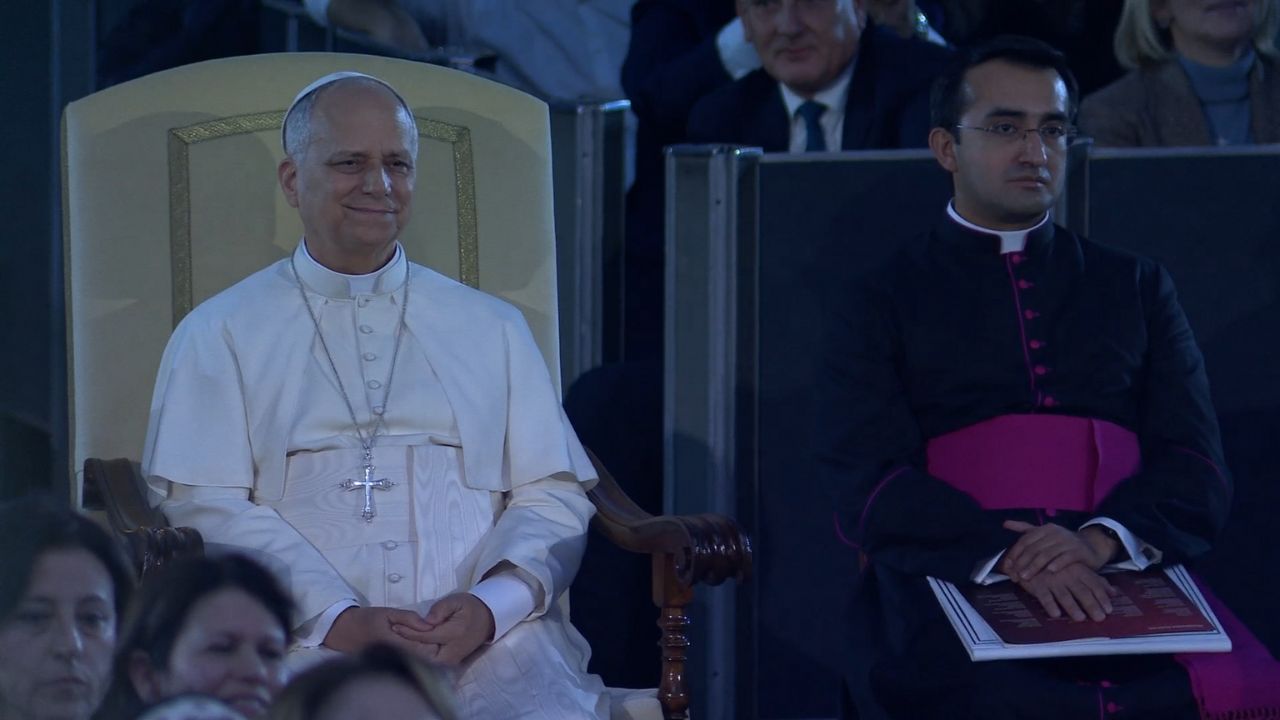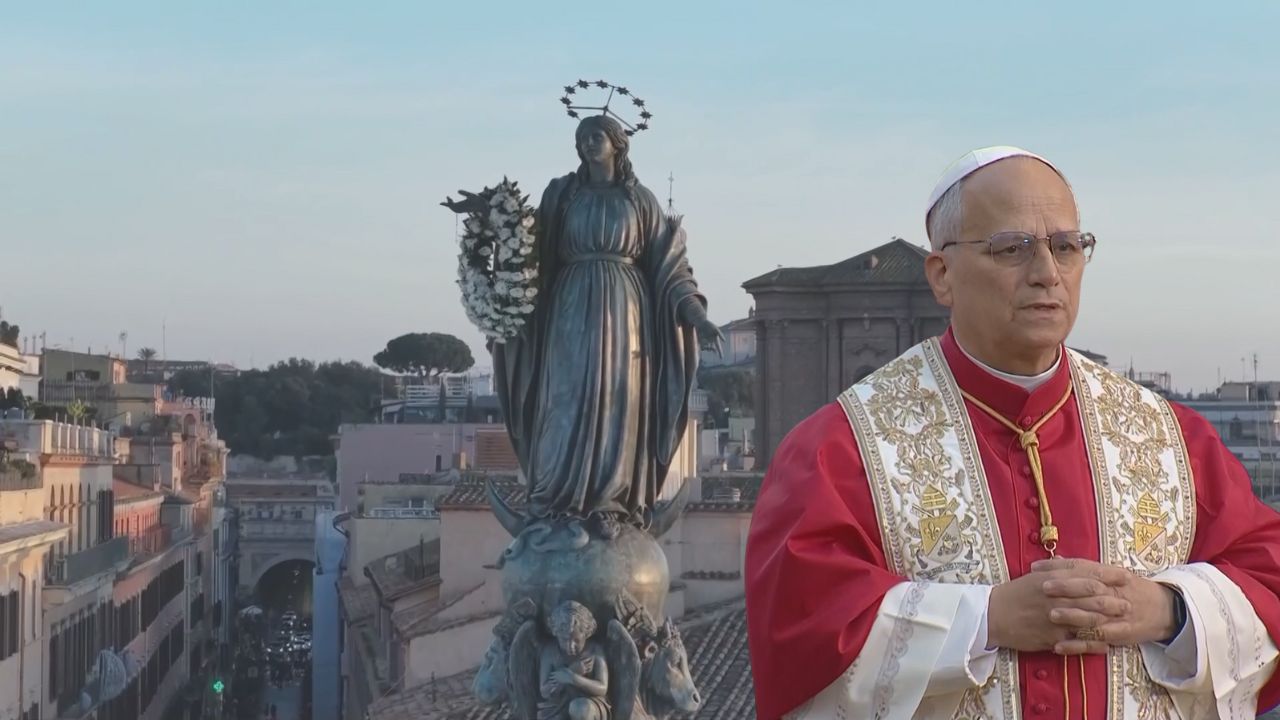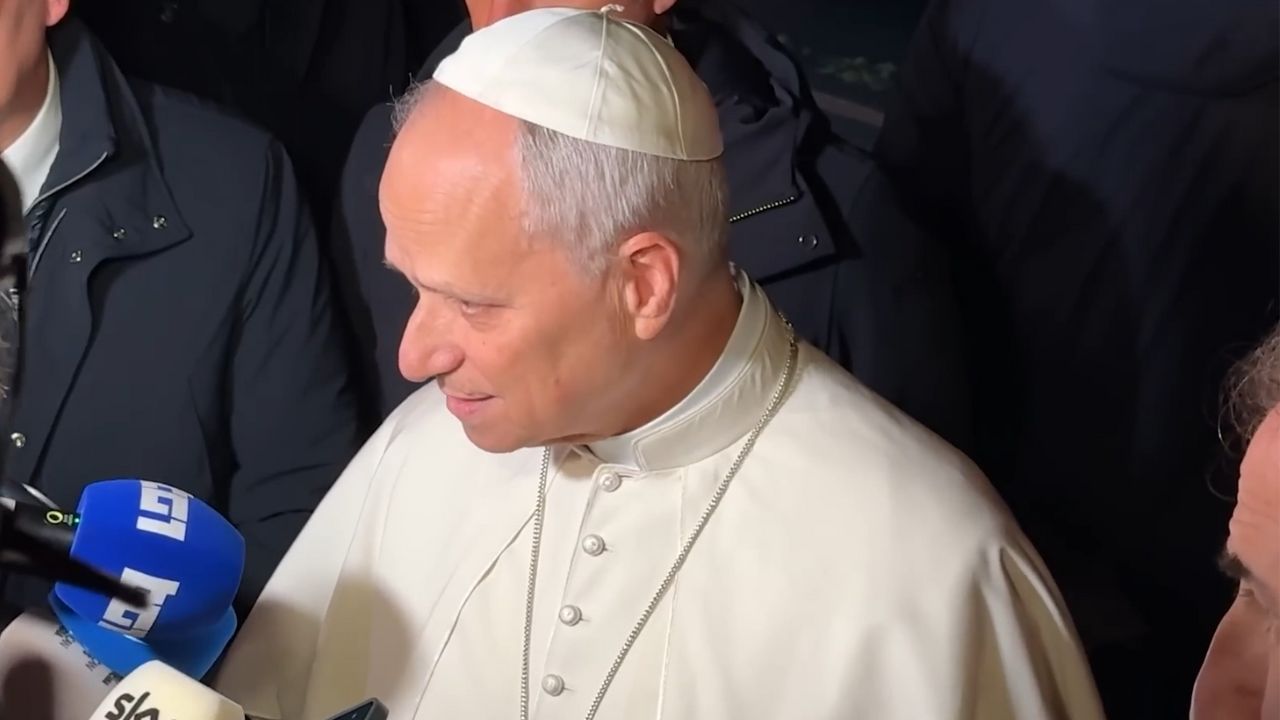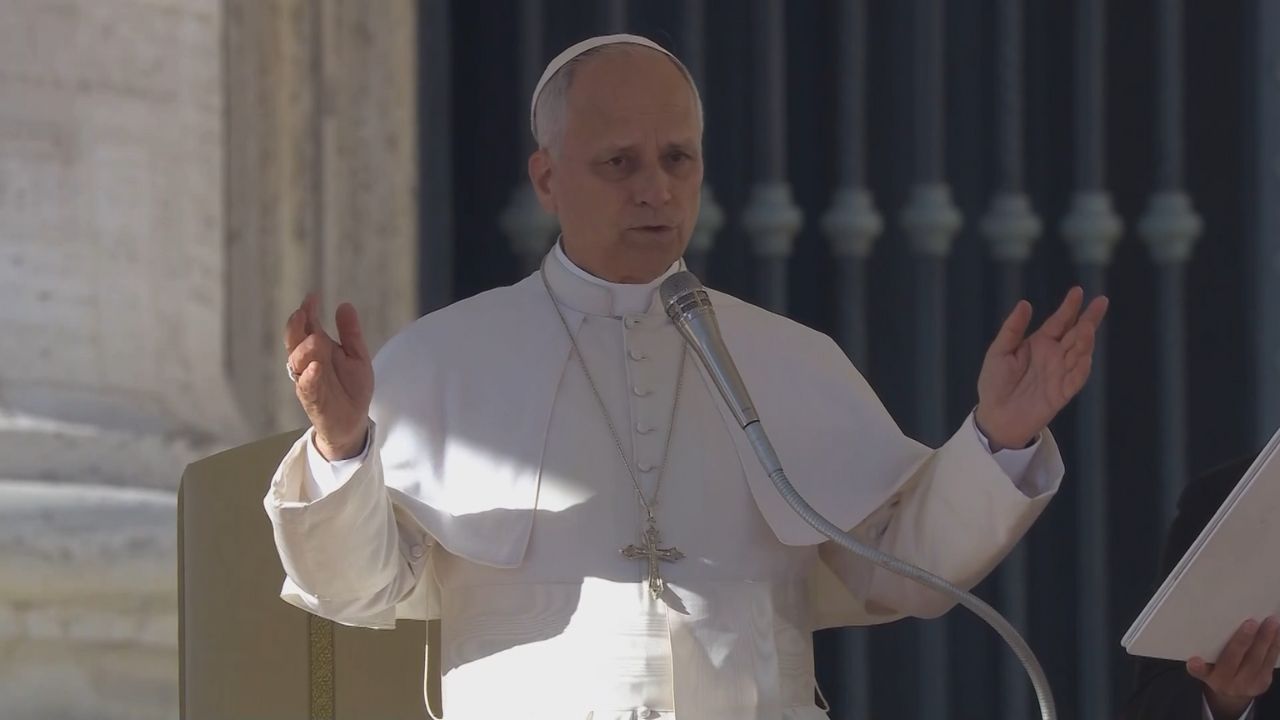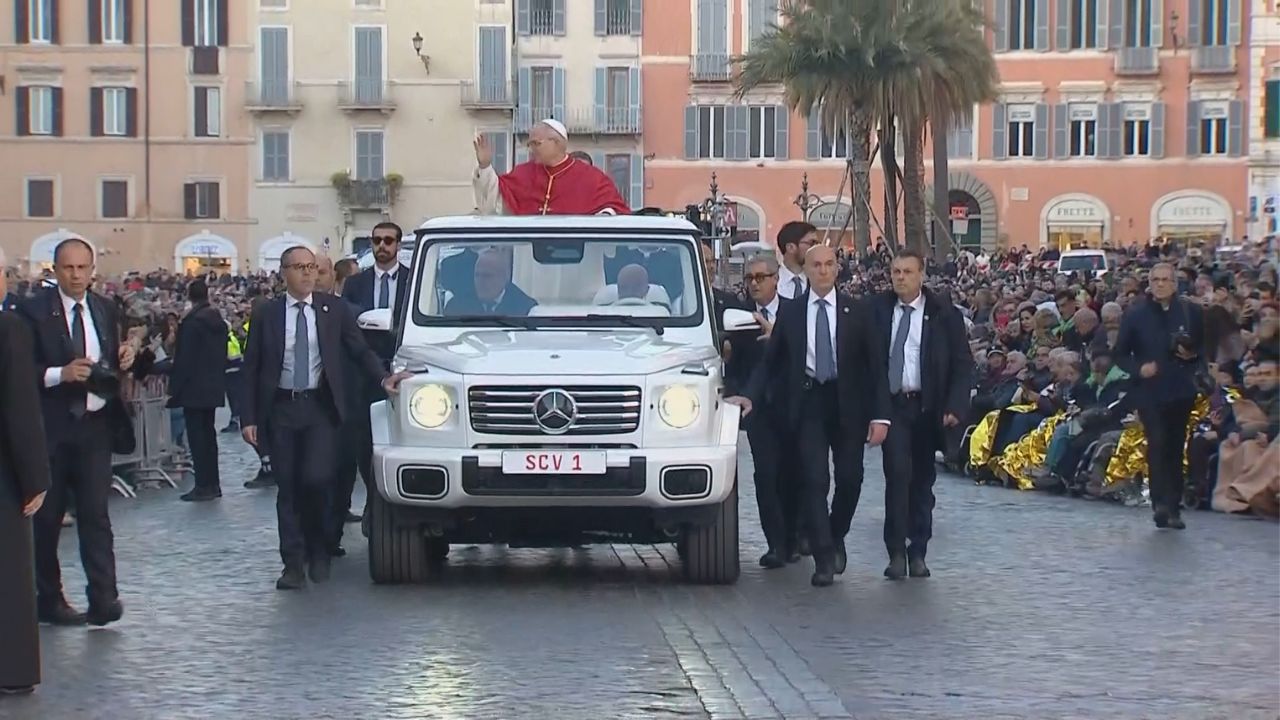Michelangelo did not like this work of art. And he told artist Giorgio Vasari so when they both went to see it shortly after its completion. It was made without a brush and with a groundbreaking technique at the time: color printing on wood.
PIETRO ZANDER
Treasury Museum of St Peter's Basilica
Giorgio Vasari said to Michelangelo Buonarroti, "Look what our Ugo da Carpi has done. He did this panel for St. Peter's and he did it without a brush." And Michelangelo replied, "Well, it would have been better if he had used the brush and made it with better style."
Michelangelo's criticism influenced this work's reputation. In the artistic field, it came to be considered a mere experiment…
But at the time, Michelangelo was unaware that what he saw would eventually be considered a unique piece of art.
PIETRO ZANDER
In a way, Michelangelo wanted to say to the master of graphic art: "Look, with your art, you have not been able to match painting."
In the last years of St. Peter's workshop, together with the Vatican Museums, he carefully studied this panel and was able to understand its technique.
The work was commissioned by Pope Clement VII in 1525 to Ugo da Carpi for the altar which houses the relic of Veronica's veil in St. Peter's Basilica. The altarpiece was unique for the way it was executed, which is why the author did not want to use brushes.
PIETRO ZANDER
Ugo da Carpi must have convinced the pope by telling him that, as the image of the Lord was miraculously imprinted on the veil of Veronica, the altarpiece would show the faithful the 'Holy Face' not painted by a human hand, but printed on a panel.
The altarpiece is a depiction of Veronica's veil based on the most important relic housed in the Basilica, which is exposed only once a year—on the fifth Sunday of Lent.
PIETRO ZANDER
We can think that, maybe, Ugo da Carpi was given the privilege by Pope Clement VII to be able to redesign the 'Holy Face' up close or he copied it from a drawing as it appears today. It is an image surrounded by a silver frame and is the one we see during the solemn exposition in St. Peter's on the fifth Sunday of Lent.
This work is preserved in the Treasury Museum, along with other artistic pieces and liturgical furnishings like chalices or crucifixes or historical memorabilia from the ancient Basilica, such as the sepulchral monument of Pope Sixtus IV—the pope who ordered the construction of the Sistine Chapel.
This museum, located inside St. Peter's Basilica, was founded in 1975 for the occasion of the Jubilee Year.
JRB/CA
TR: KG
